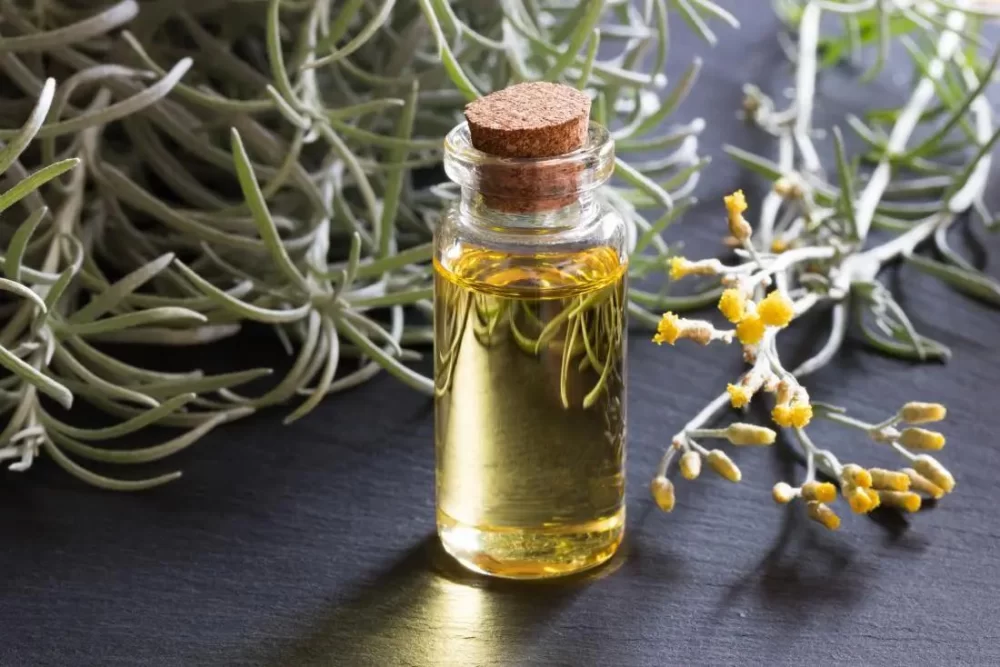- Understanding Essential Oils for Skin Healing
- Key Essential Oils in Skin Healing Blends
- How to Create Effective Skin Healing Blends
- Real-Life Examples and User Experiences
- Tips for Safe and Effective Use of Essential Oils
1. Understanding Essential Oils for Skin Healing
Essential oils have long been celebrated for their remarkable ability to support skin health, particularly through their healing properties. When we talk about essential oils for skin healing blends, we refer to carefully crafted mixtures that combine various oils to maximize skin regeneration, soothe inflammation, and enhance overall skin appearance. These natural extracts are potent and versatile, offering solutions for issues ranging from minor cuts and burns to chronic conditions like eczema or acne.
The science behind these oils lies in their bioactive compounds, which include antioxidants, anti-inflammatory agents, and antimicrobial elements. These compounds penetrate the skin, promoting faster cell renewal and protecting against harmful bacteria. Unlike synthetic creams, essential oils bring a holistic approach by not only addressing symptoms but also enhancing the skin’s natural defenses.
Understanding how these oils work individually and synergistically is crucial for anyone interested in natural skin remedies or aromatherapy for skin. The power of essential oils in skin healing blends is not just anecdotal; it is backed by increasing scientific research, providing a safe, natural alternative or complement to conventional skin care.
1.1 Why Choose Natural Skin Remedies?
Natural skin remedies, especially those based on essential oils, offer a gentle yet effective alternative to chemical-laden products. Many users have shared stories of skin irritation or allergies caused by synthetic ingredients, whereas essential oils, when used correctly, reduce such risks and promote lasting skin health. Their multipurpose benefits extend beyond healing to include hydration, calming effects, and rejuvenation.
2. Key Essential Oils in Skin Healing Blends
Not all essential oils are created equal when it comes to skin healing. Some oils have been extensively studied and recognized for their exceptional healing qualities:
2.1 Tea Tree Oil
Renowned for its powerful antimicrobial and anti-inflammatory properties, tea tree oil is a staple in skin healing blends. It effectively combats acne-causing bacteria and accelerates wound healing by reducing infection risks.
2.2 Lavender Oil
Lavender essential oil is prized for its soothing and regenerative qualities. It supports skin repair and reduces redness, making it ideal for sensitive or damaged skin. Its calming scent also adds aromatherapy benefits to any skin care routine.
2.3 Helichrysum Oil
Often called the “everlasting” oil, helichrysum has exceptional skin-repair properties. It’s known to reduce scarring and stimulate the growth of new skin cells, which helps with cuts, bruises, and burns.
2.4 Frankincense Oil
Frankincense oil promotes healthy cell regeneration and improves skin elasticity. It is often used in blends aimed at anti-aging and skin rejuvenation, besides its healing attributes.
These oils are usually combined in balanced blends that optimize their healing effects while maintaining skin safety. For personalized recommendations and high-quality essential oils, Scent Snob provides a curated selection tailored to your skin needs.
3. How to Create Effective Skin Healing Blends
Creating your own essential oils for skin healing blends requires understanding both the individual benefits of oils and their interactions. Here is a deeper look at the process:
3.1 Selecting Carrier Oils
Carrier oils, such as jojoba, almond, or coconut oil, dilute essential oils to prevent irritation and facilitate skin absorption. Choosing the right carrier oil depends on your skin type and the blend’s intended purpose.
3.2 Proportions and Dilution
Proper dilution is critical—typically, a 2% essential oil concentration (about 12 drops per ounce of carrier oil) is recommended for skin healing applications. This ensures efficacy without overwhelming sensitive skin.
3.3 Blending for Targeted Effects
Combine oils with complementary properties. For example, mixing tea tree oil’s antimicrobial power with lavender’s soothing effect can create a versatile blend for acne and irritation. Experimentation, guided by research or professional advice, leads to the most effective formulations.
3.4 Storage and Usage
Store blends in dark glass bottles away from light and heat to preserve potency. Use consistently, applying gently to affected areas, and monitor for any adverse reactions.
Many users find that integrating these blends into their daily routines significantly improves skin resilience and appearance. For those new to blending or seeking expert-crafted formulas, visiting Scent Snob can help you discover ideal products matched to your skin healing goals.
4. Real-Life Examples and User Experiences
One inspiring story comes from a user who struggled with persistent eczema. After integrating a blend of lavender, helichrysum, and chamomile oils diluted in jojoba oil, she noticed reduced inflammation and faster healing within weeks. Such testimonials highlight the transformative potential of essential oils when used thoughtfully.
Another notable case involved an athlete recovering from minor cuts and abrasions. Using a tea tree and frankincense blend accelerated wound healing and prevented infections, allowing a quicker return to training. These real-world examples provide credible evidence beyond theoretical benefits.
Stories like these encourage more people to explore natural solutions and create personalized skin healing blends, increasing the popularity of aromatherapy for skin care globally.
5. Tips for Safe and Effective Use of Essential Oils
To maximize benefits while avoiding common pitfalls, keep the following professional tips in mind:
5.1 Conduct Patch Tests
Before widespread application, test your blend on a small skin area to check for allergic reactions.
5.2 Consult Professionals When Needed
If you have underlying skin conditions or are pregnant, seek advice from dermatologists or certified aromatherapists.
5.3 Prioritize Quality
Choose pure, therapeutic-grade essential oils to ensure safety and efficacy. Avoid synthetic or diluted products.
5.4 Use Consistently and Patiently
Skin healing is a gradual process. Regular use over weeks is necessary to observe significant improvements.
By adhering to these guidelines, you can safely incorporate essential oils for skin healing blends into your daily care. For expertly formulated blends and high-quality oils, explore Scent Snob’s offerings, trusted by users who value natural skin health.


0 comments